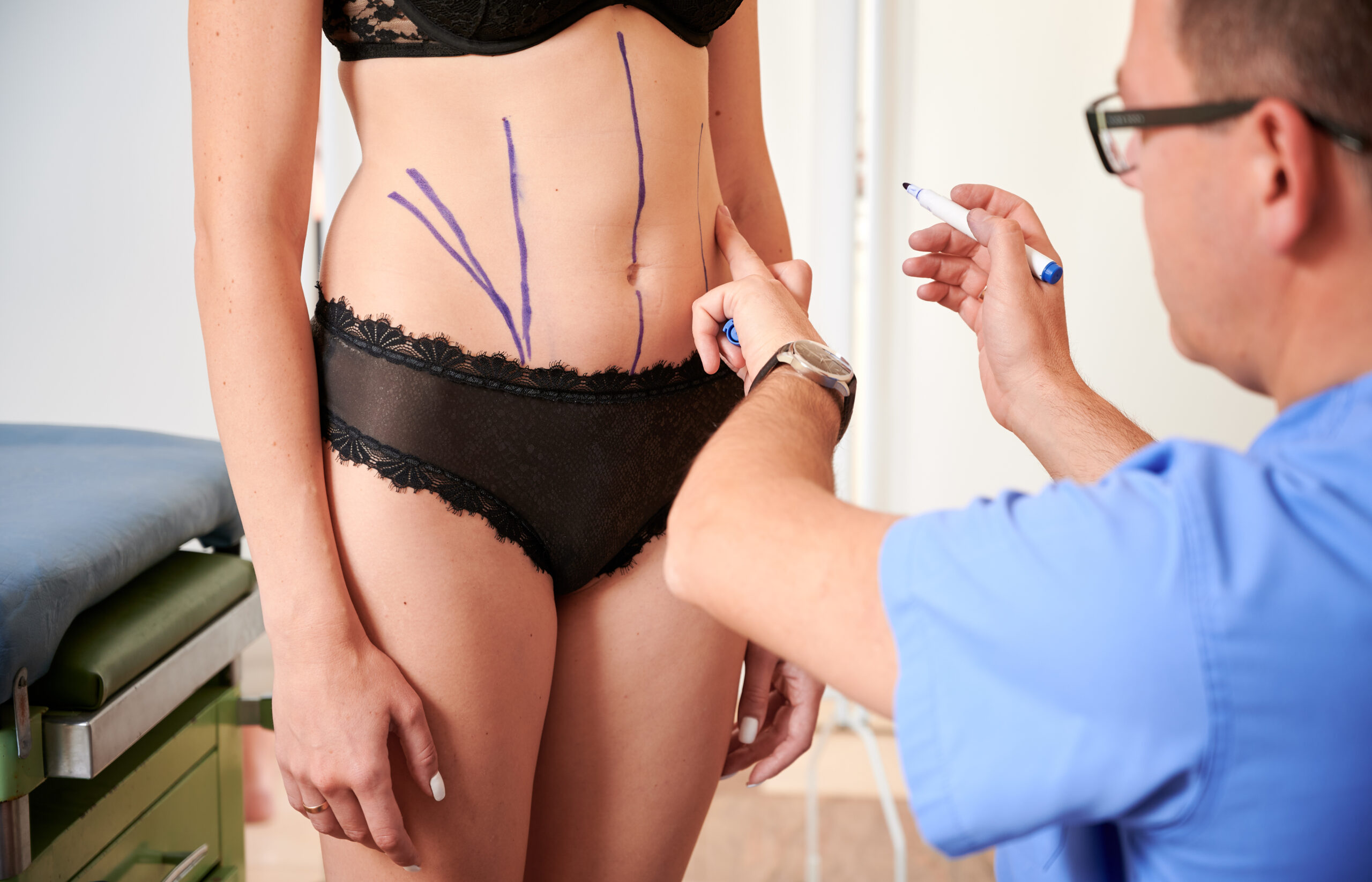On This Page
- What Is Skin Cancer Removal And Reconstruction?
- Who Is A Good Candidate For Skin Cancer Removal And Reconstruction?
- Customize Your Skin Cancer Repair And Reconstruction
- Skin Cancer Repair And Reconstruction Results
- Recovering From Skin Cancer Repair And Reconstruction
- How To Screen Yourself At Home
- Patient Resources
Skin Cancer Repair and Reconstruction At a Glance
Cost
Usually Through Insurance
Anesthesia
Local
On-Op Length
30 Minutes
Recovery
1-2 days
Skin cancer affects one in five Americans. The most common forms of skin cancer are basal cell carcinoma and squamous cell carcinoma. Melanoma is a more serious and less common form of skin cancer.
Dr. Kayastha regularly removes all types of skin cancers for patients in the Capital Region.
Contact UsWhy KPS?
Our mission at K Plastic Surgery is simple. Dr. Kayastha and his team are focused on delivering the very best possible patient experience combined with excellent results. As a board-certified plastic surgeon,
Dr. Kayastha has the skill and experience to help you achieve your unique aesthetic goals.
What is Skin Cancer Removal and Reconstruction?
Skin cancer surgery removes cancerous tissue and sometimes surrounding healthy tissue to treat and stop the growth and possible spread of cancer. Many specialties are readily equipped to safely and effectively remove cancerous tissue under local anesthesia, but plastic surgeons are uniquely skilled in minimizing scars from skin cancer treatment.
Who is a Good Candidate for Skin Cancer Removal and Reconstruction?
- Individuals who have basal cell carcinoma, squamous cell carcinoma, or melanoma should have these cancers treated or completely removed.
- Patients who have new or changing lesions should have them examined by a doctor. If the lesion has worrisome characteristics, a biopsy or removal may be warranted.
- Those who have been diagnosed with skin cancer should consider seeking out a board-certified plastic surgeon for removal and reconstruction.

Those who have been diagnosed with skin cancer should consider seeking out a board-certified plastic surgeon for removal and reconstruction.
Customize Your Skin Cancer Repair and Reconstruction
Skin cancer repair and reconstruction are highly customizable based on the individual’s unique case. Dr. Kayastha will determine the best course of treatment based on the type of lesion as well as the size and location of the lesion.
Skin Cancer Repair and Reconstruction
Customization
-
Cryosurgery
Liquid nitrogen is applied using a spray device or cotton swab to freeze skin cancer quickly. Once the skin is frozen, a scab will form and then fall off, taking cancerous cells with it. This procedure is most often used to treat pre-cancerous lesions or isolated skin cancer. This is most commonly performed by dermatologists and primary care physicians.
-
Curettage and Electrosurgery
Scrapes away cancerous skin tissue and uses an electric current for further eradication if any cancer cells remain. This procedure is common for small, well-defined skin tumors on the body.
-
Mohs Surgery
A dermatologic surgeon will remove one layer of skin at a time and examine the skin under a microscope until the margins of the affected area are cancer-free. This technique is used to treat skin cancer in many areas of the body.
-
Excision
Surgical removal cancerous tissue and a margin of surrounding tissue.
Skin Cancer Repair and Reconstruction Results
Scarring is inevitable after skin cancer repair and reconstruction. Dr. Kayastha uses all of the techniques he knows before, during, and after surgery to help minimize the appearance of your scars.
Recovering from Skin Cancer Repair and Reconstruction
Recovery from skin cancer surgery is usually quick. In general, it is recommended to avoid strenuous activity after your procedure for a period of anywhere from a couple of days to six weeks. Dr. Kayastha will advise you on the exact recovery time based on your individual case. Dr. Kayastha will provide you with instructions on how to properly care for your surgical site.

For proper healing, be sure to follow Dr. Kayastha’s aftercare instructions regarding caring for your surgical wound.
Alternatives to Skin Cancer Repair and Reconstruction
Patients with pre-cancerous or non-cancerous growths may benefit from alternative growth removal and reconstruction procedures:
Lesion Removal
Lesion removal is designed to extract abnormal and damaged tissues from the skin. Patients whose growth is noncancerous may benefit from lesion removal. Dr. Kayastha can assess the presence of cancer within the tissue and advise which treatment is best for you.
Read MoreHow To Screen Yourself At Home
Early detection is crucial for effective skin cancer removal and treatment; many skin cancers, including basal cell carcinoma, squamous cell carcinoma, and other skin cancers, can be successfully treated if caught early. When screening your skin at home, carefully examine your entire body, including the surrounding skin and less visible areas like your scalp, between fingers, and other skin folds.
Look for any new or changing lesions, growths, or abnormalities in color, shape, or texture compared to your healthy skin. Pay special attention to any:
- Irregular or asymmetrical lesions
- Lesions with uneven or blurred borders
- Changes in size, color, or thickness
- Open wounds or sores that don’t heal
- Redness, swelling, or bleeding at the surgical site or lesion
- Any visible portion of the tumor or lesion that seems unusual
- Any lesion that looks different from other normal skin spots or moles
Many skin cancers begin as small, thin layers of abnormal tissue, so early detection is vital to prevent cancer cells from spreading deeper. When cancerous tissue is suspected, a reconstructive surgeon may perform a skin graft or a more complex surgery called Mohs micrographic surgery. This precise technique removes all the cancer cells while preserving as much healthy tissue.
Schedule a Consultation
Removing cancerous growths as soon as possible is essential to long-term health and quality of life. If you notice suspicious lesions or skin changes, seek prompt evaluation rather than waiting. Dr. Kayastha will discuss treatment options and work with you on the best reconstructive method if MOHS skin cancer surgery is needed. For more information on skin cancer repair and reconstruction, schedule your consultation with Dr. Kayastha in Albany, NY today.
Virtual Consultation











